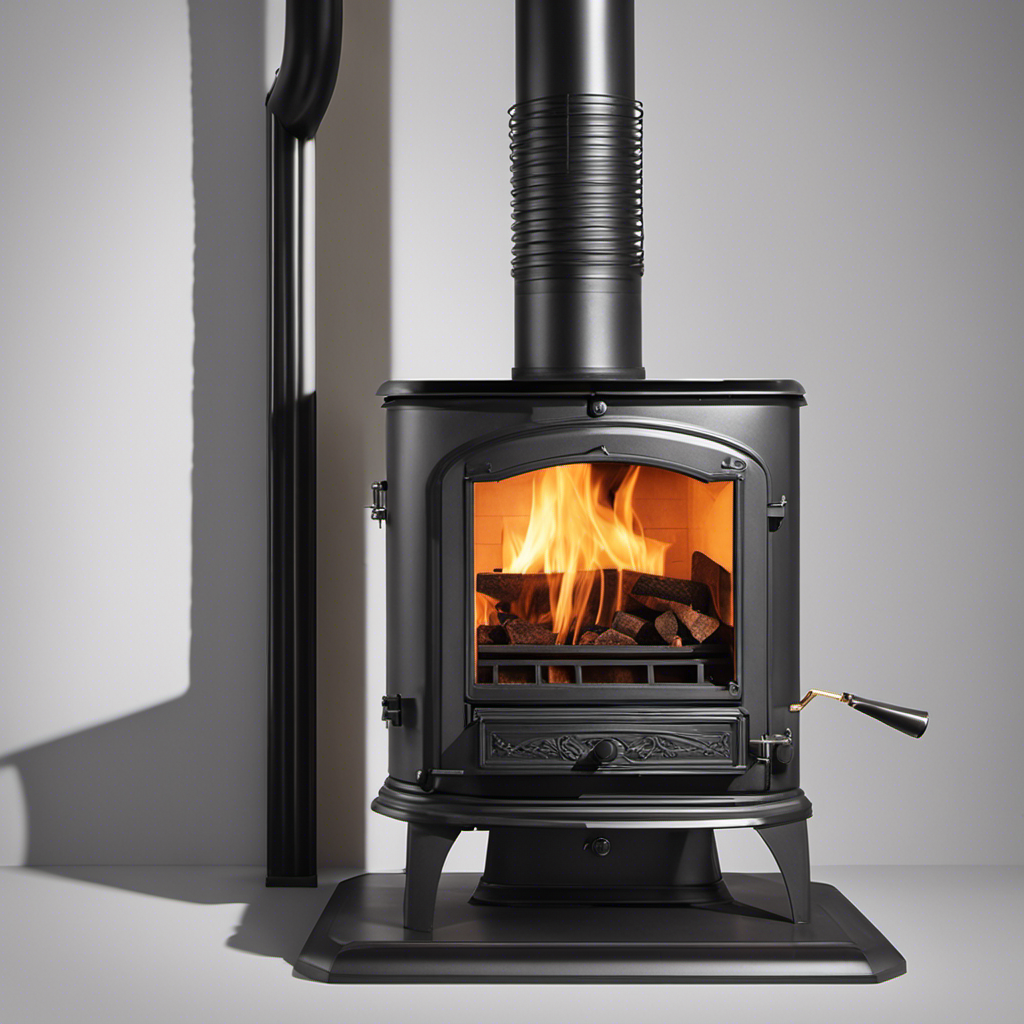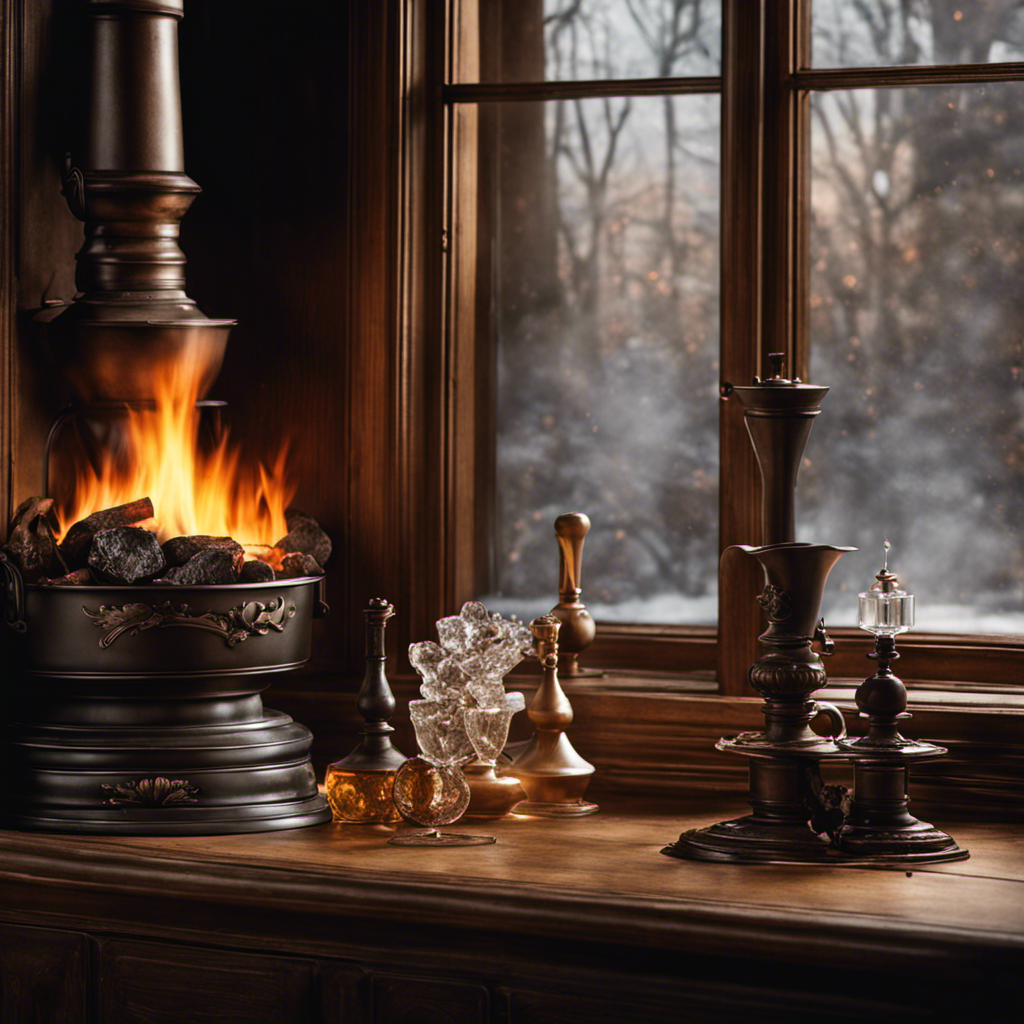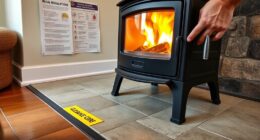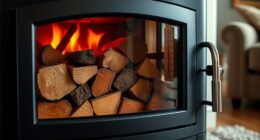I will instruct you on the correct technique for seasoning a wood stove.
It’s all about choosing the right wood, preparing the stove, and controlling those initial fires.
Gradually increasing burn time and heat output is key.
I’ll also guide you on maintaining and monitoring the stove during the break-in process.

Trust me, I’ve done this countless times and I’m here to share my expertise with you.
Let’s get started!
Key Takeaways
- Select well-seasoned firewood with a moisture content of around 20% for efficient burning and to prevent stove damage.
- Monitor and adjust airflow using the damper to ensure maximum airflow and proper combustion.
- Gradually increase burn time and heat output while monitoring temperature levels for optimal performance.
- Regularly maintain and monitor the stove by checking temperature gauge, cleaning ash and debris, and inspecting gaskets and seals for air leaks.
Choosing the Right Wood for Break-in
I should select the appropriate type of wood for the break-in process of my wood stove. Proper seasoning techniques for firewood are crucial to ensure efficient burning and prevent damage to the stove.
When choosing the right wood, one important factor to consider is the moisture content. Green or freshly cut wood contains a high moisture content, making it unsuitable for immediate use. It’s recommended to select well-seasoned firewood with a moisture content of around 20%. Seasoned wood burns cleaner and produces more heat, improving the performance of the stove.
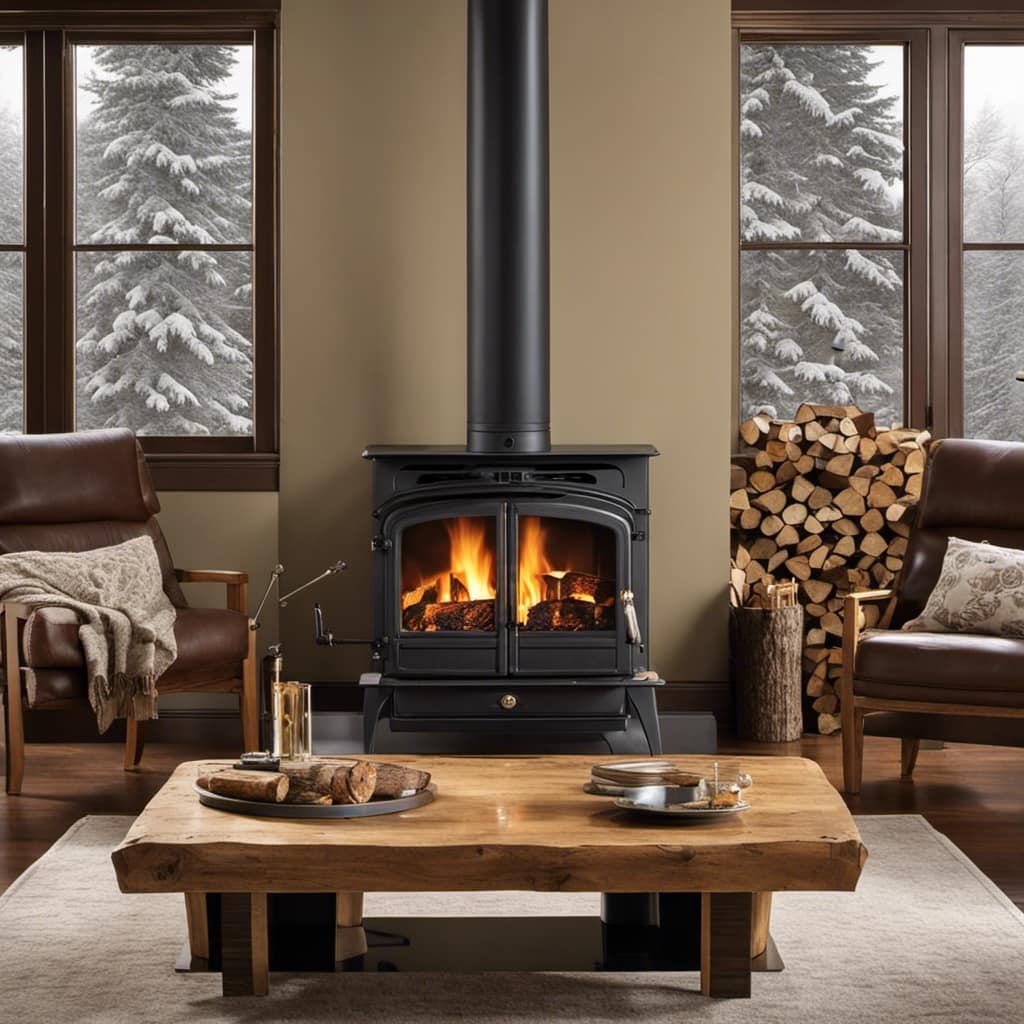
To properly season firewood, it should be cut to the desired length and split to expose the inner sections. The wood should then be stacked in a dry, well-ventilated area for at least six months to a year. This allows the wood to dry out and reach the ideal moisture level for efficient burning.
Preparing the Stove for First Use
Before using it for the first time, I like to make sure the stove is properly prepared.
Proper ventilation for a wood stove is crucial for safe and efficient operation. I start by checking that all the vents are open and clear of any obstructions. This allows for a good airflow and prevents the build-up of harmful gases inside the house.
Next, I make sure to clear the chimney before first use. Over time, creosote and debris can accumulate in the chimney, posing a fire hazard. I use a chimney brush to thoroughly clean the flue and remove any blockages. This ensures that the smoke can be properly vented outside and prevents the risk of chimney fires.
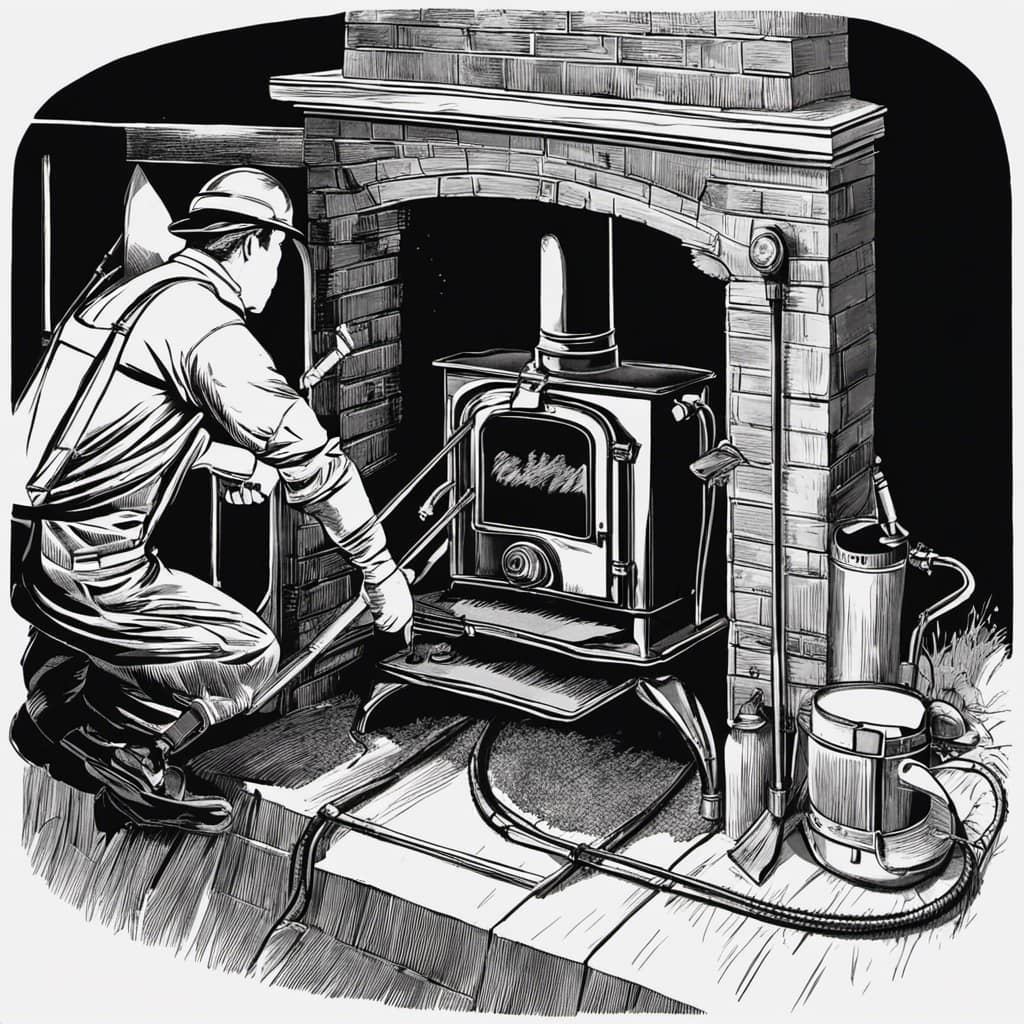
Controlling the Initial Fires
To control the initial fires, it’s important to monitor the airflow and adjust the damper accordingly. This will ensure a steady and efficient burn. Here are some key points to consider when controlling airflow during the initial fires:
- Open the damper fully to allow for maximum airflow.
- Use seasoned wood for better combustion and less smoke.
- Arrange the wood in a way that allows for proper airflow between the logs.
- Keep the stove door slightly ajar to provide additional oxygen for the fire.
- Use a stove thermometer to monitor the temperature and adjust the damper as needed.
Controlling the airflow during the initial fires is crucial for a successful break-in period. It allows the stove to reach its optimal operating temperature and ensures a clean burn. By following these steps, you’ll set a solid foundation for gradually increasing burn time and heat output.
Gradually Increasing Burn Time and Heat Output
By gradually increasing the burn time and heat output, I can optimize the performance of my fireplace. This process allows the wood stove to adjust and acclimate to longer burn cycles, resulting in a more efficient and reliable heating source. Monitoring temperature levels is crucial during this phase to ensure that the stove is operating within the optimal range. I use a reliable thermometer to keep a close eye on the temperature and make adjustments as needed. Additionally, ensuring proper ventilation is essential to prevent the buildup of harmful gases and maintain a healthy indoor air quality. Opening the damper and adjusting the air intake controls will help regulate the airflow and maintain a clean burn. Through this gradual process, I can achieve optimal performance and maximize the efficiency of my wood stove.
| Temperature Levels | Proper Ventilation |
|---|---|
| Monitor regularly to prevent overheating or underperformance | Adjust the damper and air intake controls for optimal airflow |
| Use a reliable thermometer to track temperature changes | Keep the area around the stove clear of obstructions |
| Make adjustments as needed to maintain an optimal burn | Regularly clean the chimney and flue to ensure proper ventilation |
| Avoid excessive creosote buildup by maintaining proper airflow | Consider installing a carbon monoxide detector for added safety |
Are There Risks or Dangers in Using a Wood Stove with Bolts?
Using a wood stove with bolts can pose serious risks and dangers. The presence of bolts can disrupt the proper functioning of the stove, leading to potential safety hazards such as leaks or malfunctions. To avoid these risks, it is essential to know how to remove bolts and ensure the stove is properly maintained.
Maintaining and Monitoring the Stove During Break-in
During the break-in period, I carefully observe temperature levels and ensure proper ventilation to optimize the performance of my new heating appliance. This is crucial to ensure the longevity and efficiency of the wood stove. Here are some key steps I take to maintain and monitor the stove during this period:
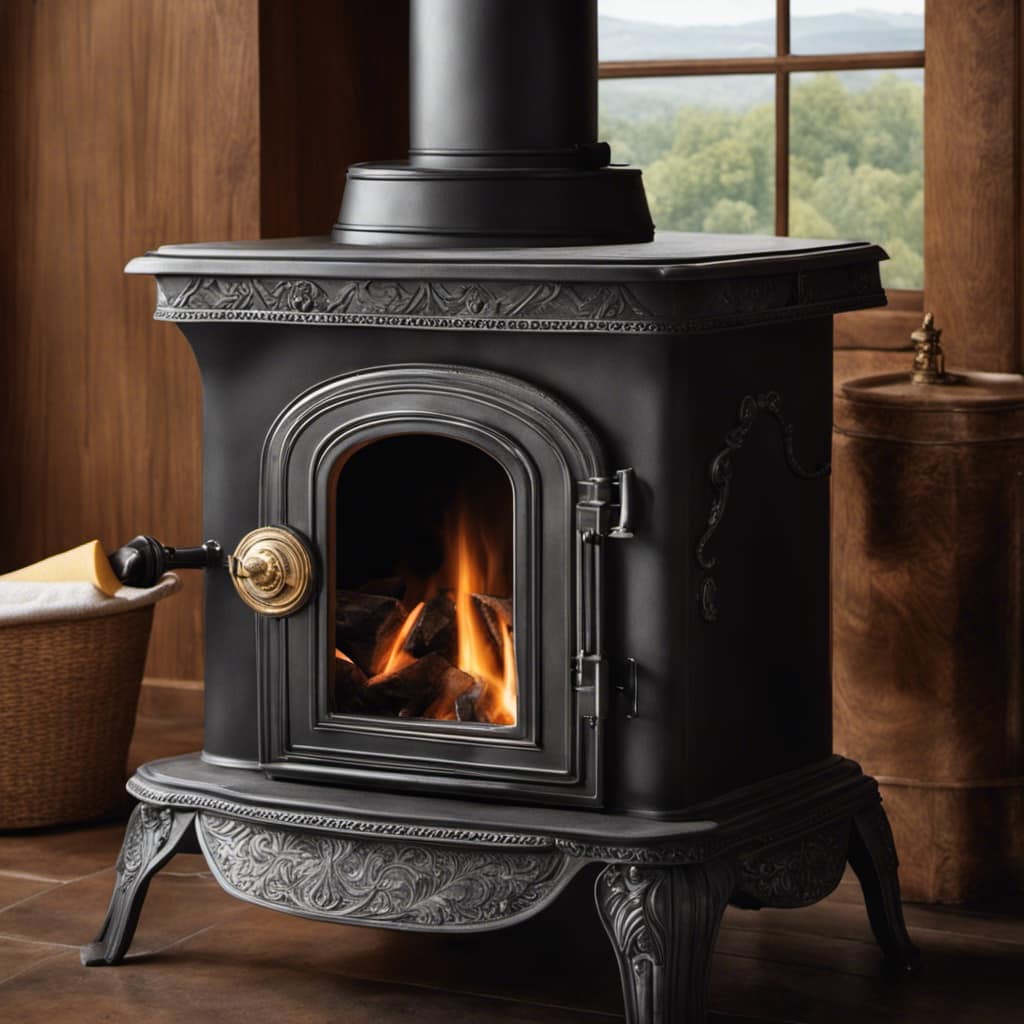
I regularly check the temperature gauge to ensure it stays within the recommended range. This helps prevent overheating or insufficient heat output.
I make sure to keep the air vents open to allow for proper airflow. This helps with the combustion process and ensures the wood burns efficiently.
I clean the stove regularly to remove any ash or debris that can hinder its performance.
I inspect the gaskets and seals to ensure they’re intact and functioning properly. This prevents any air leaks that can affect the stove’s efficiency.
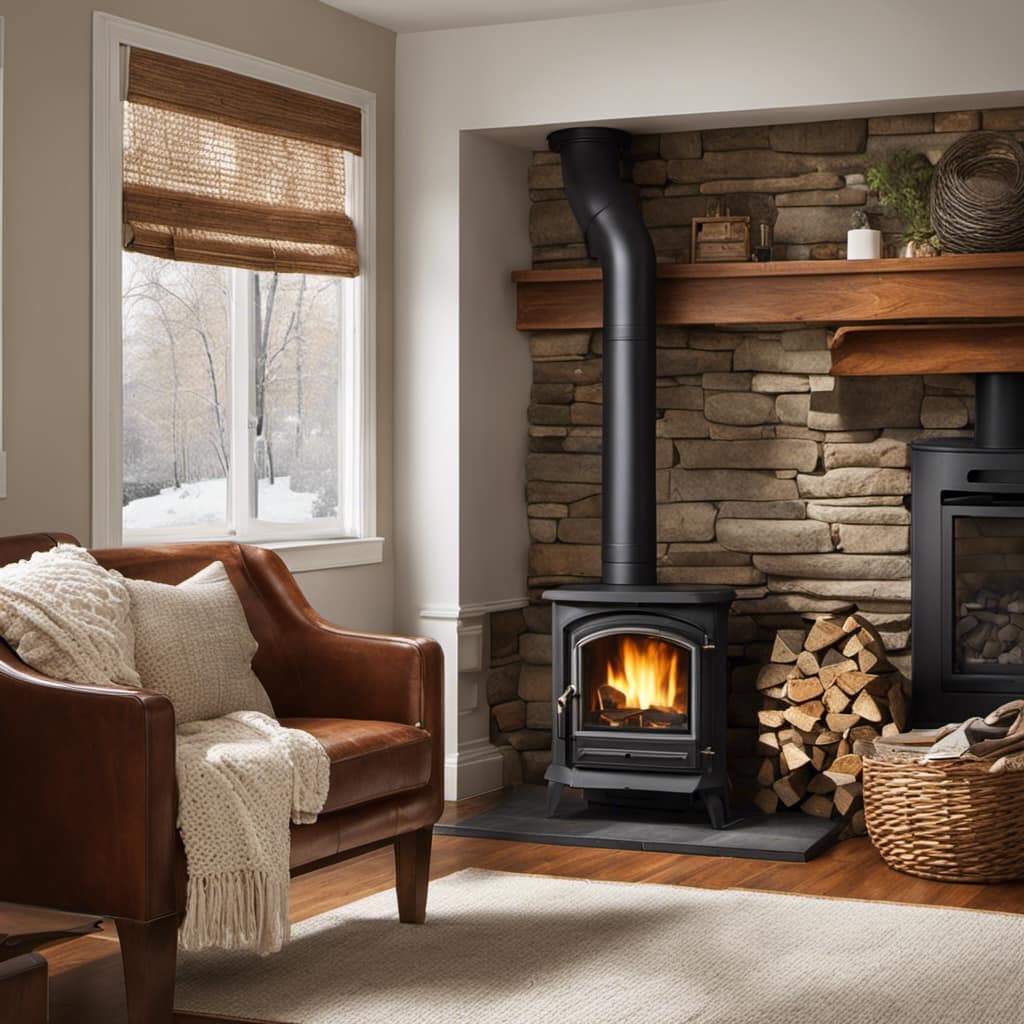
I keep a log of the stove’s performance, noting any irregularities or issues that may need to be addressed.
Frequently Asked Questions
What Are the Potential Dangers or Risks Associated With Breaking in a Wood Stove?
Potential risks associated with breaking in a wood stove include improper ventilation leading to carbon monoxide poisoning, chimney fires, and burns. Safety precautions such as following manufacturer’s instructions, using proper fuel, and regular maintenance can mitigate these dangers.
Can I Use Any Type of Wood for the Break-In Process?
When breaking in a wood stove, it’s crucial to select the right type of wood. Different woods have varying burn rates and moisture levels. Proper wood selection ensures a successful and efficient break-in process.
How Long Does the Break-In Period Typically Last?
The length of the break-in period for a wood stove can vary depending on factors like stove type and usage. However, typically it lasts around 5-10 fires. To ensure a successful break-in, follow these tips.
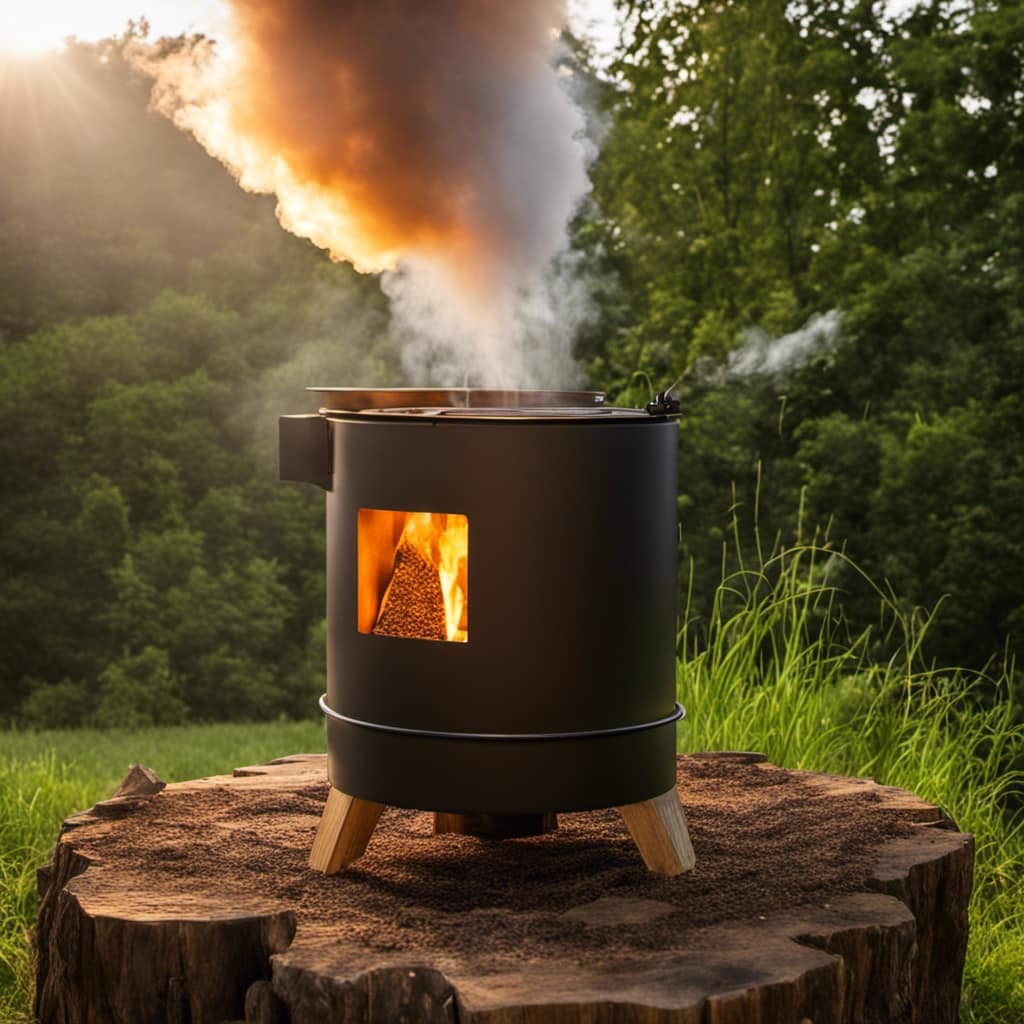
Are There Any Specific Maintenance Tasks That Need to Be Done After the Break-In Period?
After the break-in period, regular maintenance tasks are necessary to keep a wood stove in good condition. This includes cleaning the stovepipe, inspecting the gaskets, and removing any ash buildup.
Can I Use My Wood Stove for Cooking During the Break-In Period?
During the break-in period, it’s not recommended to use a wood stove for cooking. This helps ensure proper maintenance and prevents any damage. However, once the break-in period is over, there are many benefits to using a wood stove for cooking.
Conclusion
In conclusion, breaking in a wood stove is an important step to ensure its optimal performance and longevity.
By choosing the right wood, preparing the stove properly, and gradually increasing burn time and heat output, you can ensure a smooth break-in process.
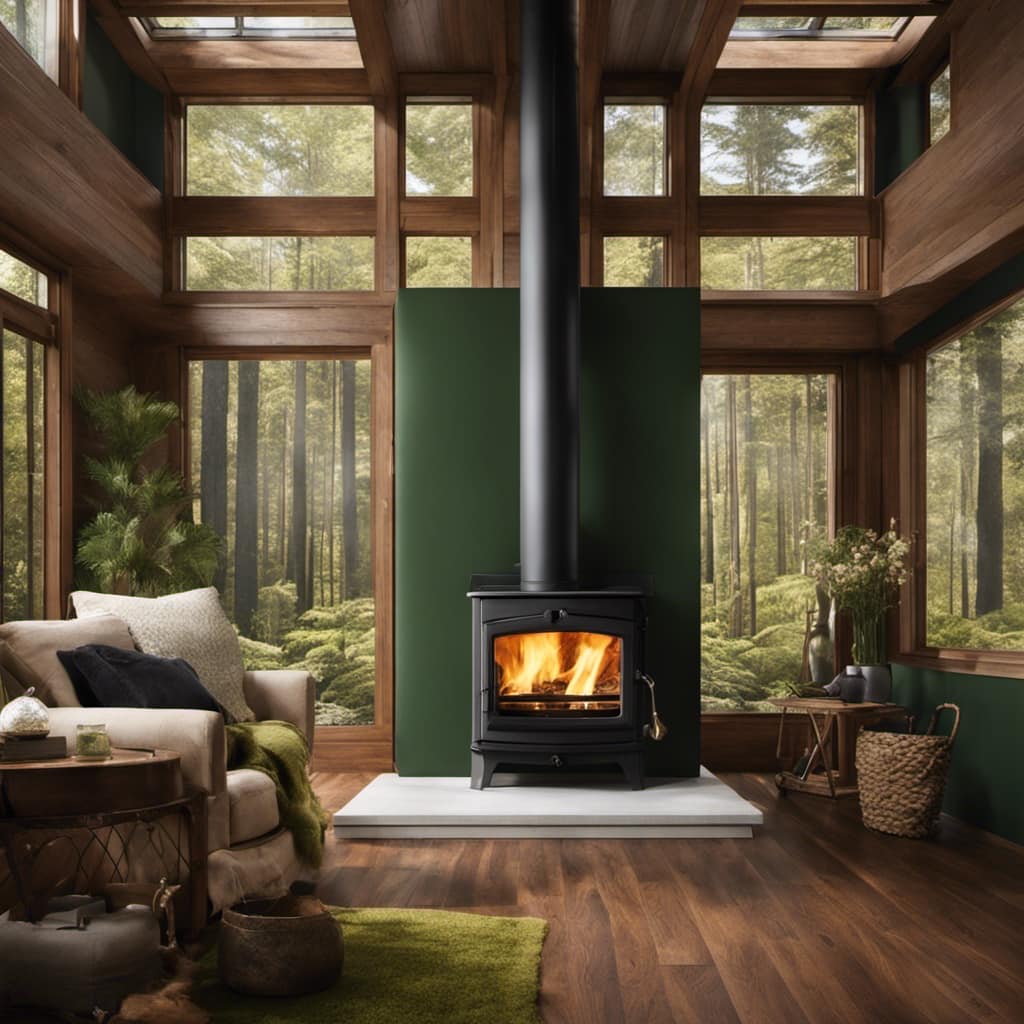
It’s interesting to note that according to a study, properly breaking in a wood stove can increase its efficiency by up to 20%, saving you money on fuel in the long run.
So take the time to break in your wood stove properly and enjoy its benefits for years to come.
Growing up surrounded by the vast beauty of nature, Sierra was always drawn to the call of the wild. While others sought the comfort of the familiar, she ventured out, embracing the unpredictable and finding stories in the heartbeat of nature.
At the epicenter of every remarkable venture lies a dynamic team—a fusion of diverse talents, visions, and passions. The essence of Best Small Wood Stoves is crafted and refined by such a trio: Sierra, Logan, and Terra. Their collective expertise has transformed the platform into a leading authority on small wood stoves, radiating warmth and knowledge in equal measure.





